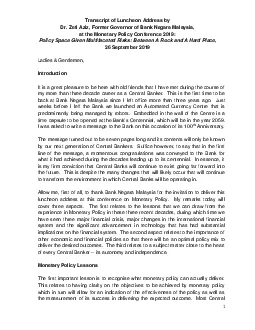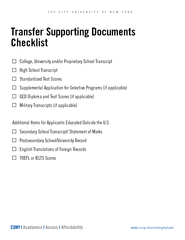PDF-Transcript of Luncheon Address by
Author : unita | Published Date : 2021-09-09
1Dr Zeti Aziz Former Governor of Bank Negara Malaysiaat the Monetary Policy Conference 2019Policy Space Given Multifaceted Risks Between A Rock and A Hard Place26
Presentation Embed Code
Download Presentation
Download Presentation The PPT/PDF document "Transcript of Luncheon Address by" is the property of its rightful owner. Permission is granted to download and print the materials on this website for personal, non-commercial use only, and to display it on your personal computer provided you do not modify the materials and that you retain all copyright notices contained in the materials. By downloading content from our website, you accept the terms of this agreement.
Transcript of Luncheon Address by: Transcript
Download Rules Of Document
"Transcript of Luncheon Address by"The content belongs to its owner. You may download and print it for personal use, without modification, and keep all copyright notices. By downloading, you agree to these terms.
Related Documents














